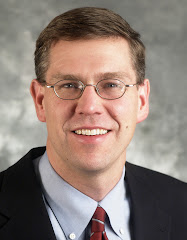
I’ve been reflecting a little and have some observations about the differences between China and India as they continue to grow economically.
Both of these countries have seen an unprecedented transformation from mostly poor and agriculturally based economies to a new hotbed of economic growth and social change.
Hundreds of millions have been lifted out of poverty, yet hundreds of millions still remain in deep poverty. Seventy percent of India’s population lives in villages like the Kavis village I visited, where there is a lack of electricity, running water or access to health care.
Both of these countries are going to continue to rise. Even if India is slow to modernize its infrastructure it will plod along like a supertanker and still make progress – it just won’t grow as quickly. I mentioned earlier that India is a country of contrasts – it’s also a country of contradictions. While the image of India’s college system is turning out high numbers of outstanding engineers, the primary school system is not functioning as it needs to. Only 15 percent of India’s students even reach high school, and only 7 percent graduate.
India is expected to overtake China as the world’s most populous country in 2030, with 1.45 billion people. Today, half of India’s 1.1 billion people are under age twenty-five. India’s population challenge is to create enough jobs for those of working age today because if it doesn’t educate its youth and create jobs for a fast-growing population of workers, it will never have the ability to break the cycle of having large masses of people in poverty.
China also is facing an issue of the disparity and widening gap between the poor and wealthy. This will become a more serious social challenge as the booming urban areas outdistance the rural areas.
In my interactions with the Indian people I sense a deep sense of pride – pride in their work ethic and culture, but also pride in knowing that their country has catapulted to a top world economic power that the United States and others are paying attention to. Many Indians educated in the United States used to stay there for high-paying jobs and bright futures. But now they are eagerly returning home in greater numbers, knowing they can enjoy a good lifestyle and remain connected with their families.
Of course, years ago the Chinese government was worried that if it let its citizens leave the country they might not come back, but this is no longer the case. Many younger Chinese educated outside of the mainland are eager to return, are optimistic about the future, and intend to take care of their parents and grandparents.
In the end it’s not a question of China or India, but as someone told me it will be China “plus” India. It’s just a question of how each of these countries addresses some immediate challenges that will determine their long-term success.








